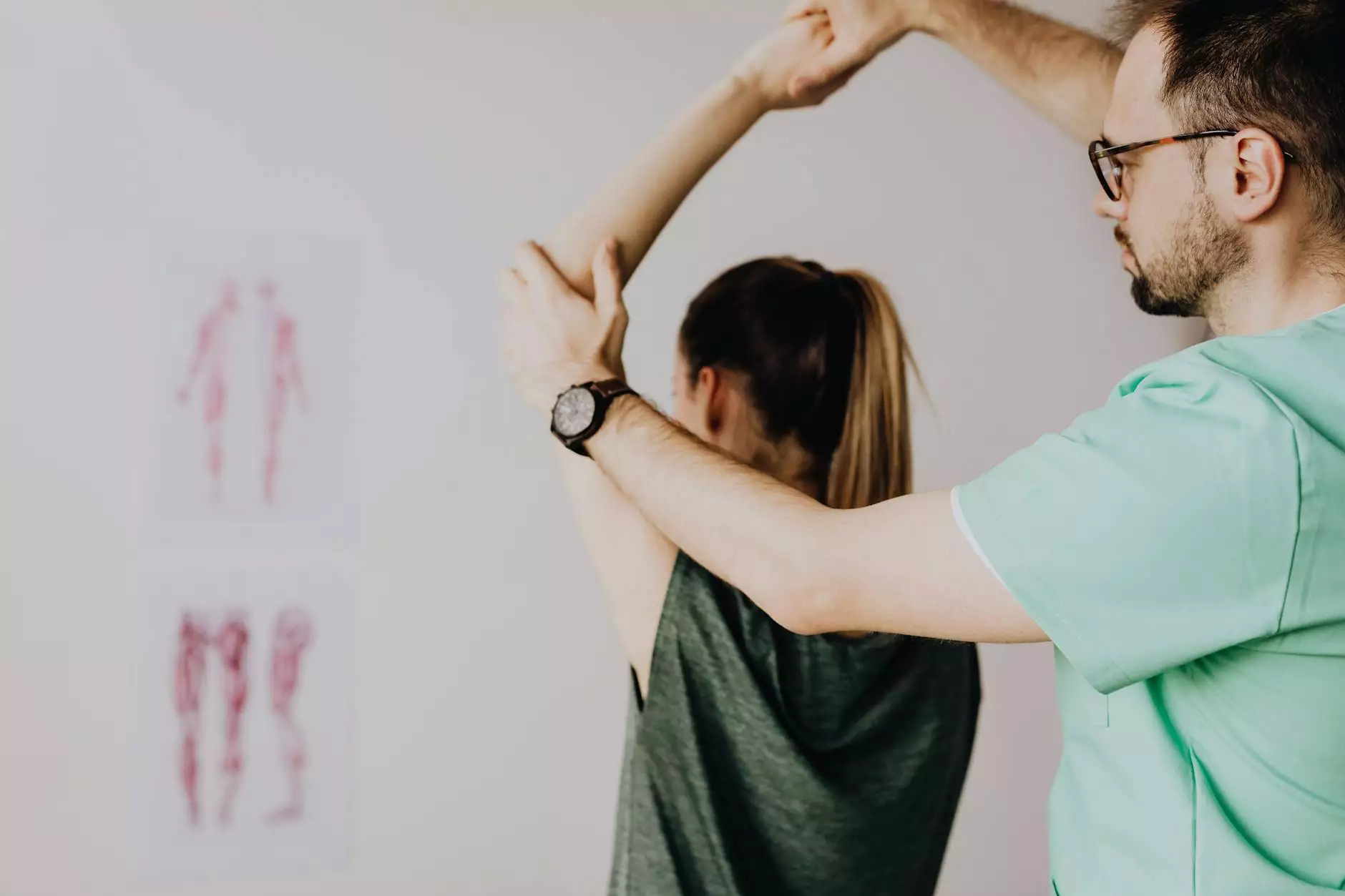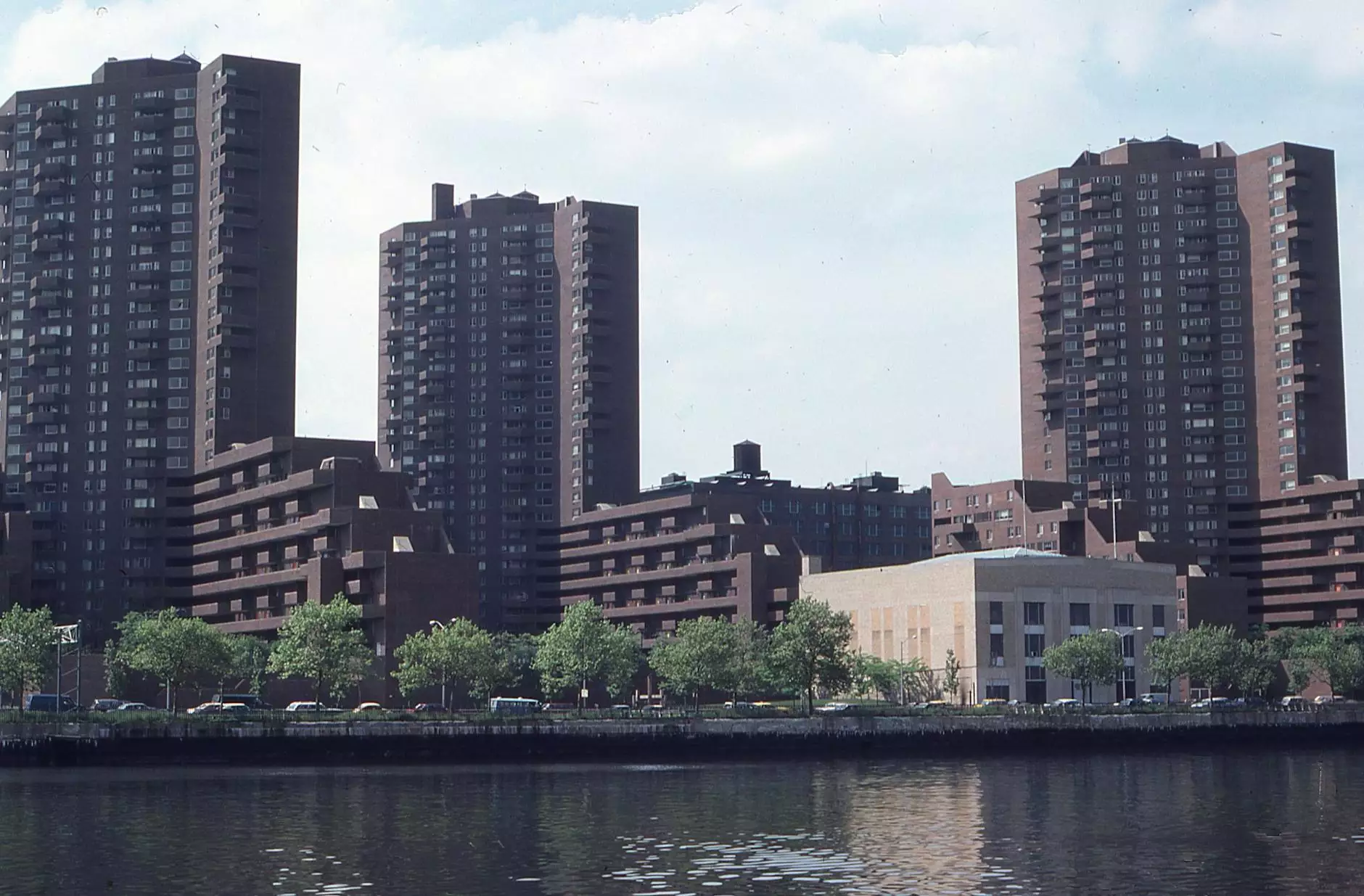Cramping Legs 101 | Learn About the Symptoms of Vein Diseases
Wayne Health
The Importance of Understanding Cramping Legs
At Bay Regional Medical Center, we understand that dealing with cramping legs can be a frustrating and painful experience. That's why we've created this comprehensive guide to provide you with valuable information about the symptoms, causes, and treatments of cramping legs associated with vein diseases.
What are Cramping Legs?
Cramping legs refer to the sudden and involuntary muscle contractions that cause pain and discomfort in your legs. These cramps can last from a few seconds to several minutes and can occur during the day or at night, disrupting your sleep and daily activities.
Common Symptoms of Vein Diseases
Cramping legs are often a symptom of underlying vein diseases. It is vital to understand these symptoms to identify and address any potential vein-related issues. Here are some common symptoms associated with vein diseases:
- Painful leg cramps: Cramping legs can be extremely painful and affect your day-to-day life.
- Swollen legs and ankles: Vein diseases can cause fluid retention, leading to swelling in the legs and ankles.
- Varicose veins: These are enlarged and twisted veins that are visible on the skin surface.
- Spider veins: Spider veins are smaller, web-like veins that appear on the surface of the skin.
- Heavy or restless legs: A feeling of heaviness or restlessness in the legs, especially after prolonged periods of standing or sitting, can be a sign of vein diseases.
Possible Causes of Cramping Legs
Understanding the causes of cramping legs associated with vein diseases can help you prevent and manage this uncomfortable symptom. Some possible causes include:
- Vein valve dysfunction: When the valves in your leg veins do not function properly, it can lead to the pooling of blood, causing cramping legs.
- Deep vein thrombosis (DVT): DVT occurs when a blood clot forms in the deep veins of your legs, causing pain and cramping.
- Peripheral artery disease (PAD): PAD narrows the arteries in your legs, restricting blood flow and potentially resulting in cramping legs.
- Varicose veins: The presence of varicose veins can increase the risk of cramping legs and other vein-related symptoms.
- Poor circulation: Insufficient blood flow to the legs and feet can contribute to cramping legs.
Effective Treatments for Cramping Legs
At Bay Regional Medical Center, we offer various treatment options to alleviate cramping legs and address the underlying vein diseases causing them. Our team of experienced healthcare professionals will work with you to develop a personalized treatment plan. Some effective treatments for cramping legs include:
- Sclerotherapy: This minimally invasive procedure involves injecting a solution into the affected veins, causing them to shrink and fade.
- Laser therapy: Laser energy is used to target and eliminate abnormal veins, providing relief from cramping legs.
- Compression stockings: Wearing compression stockings can help improve blood flow, reducing the frequency and intensity of cramps.
- Exercise and lifestyle changes: Regular exercise and lifestyle modifications, such as maintaining a healthy weight and avoiding prolonged sitting or standing, can help manage cramping legs.
- Medications: In some cases, medications may be prescribed to alleviate pain and improve blood circulation.
Take Control of Your Cramping Legs with Bay Regional Medical Center
Don't let cramping legs hinder your quality of life. At Bay Regional Medical Center, we specialize in the diagnosis and treatment of vein diseases. Our experienced team is dedicated to providing comprehensive care, personalized to your needs.
Contact us today to schedule a consultation and take the first step towards finding relief from cramping legs. We are committed to helping you regain comfort and live a healthier, happier life.




